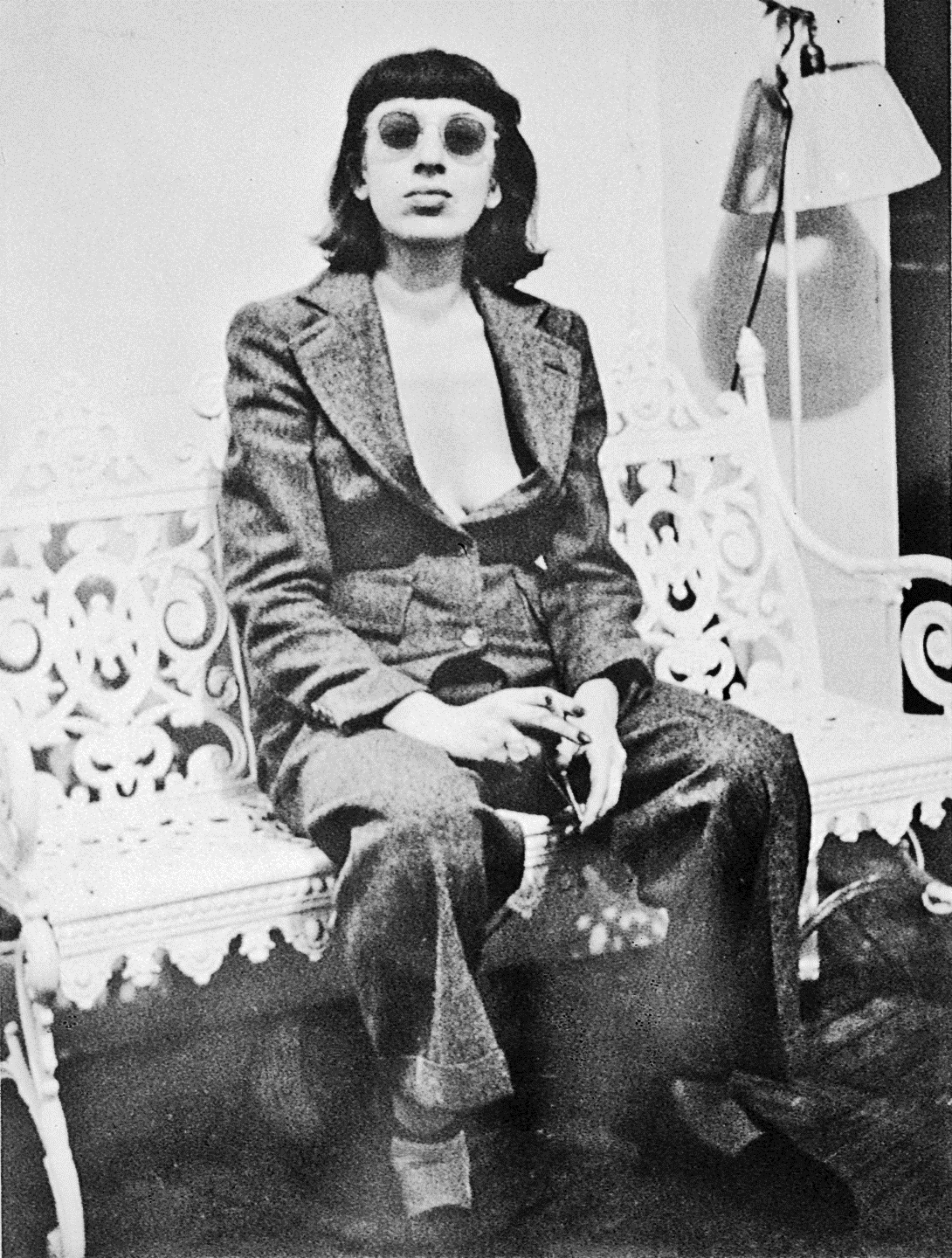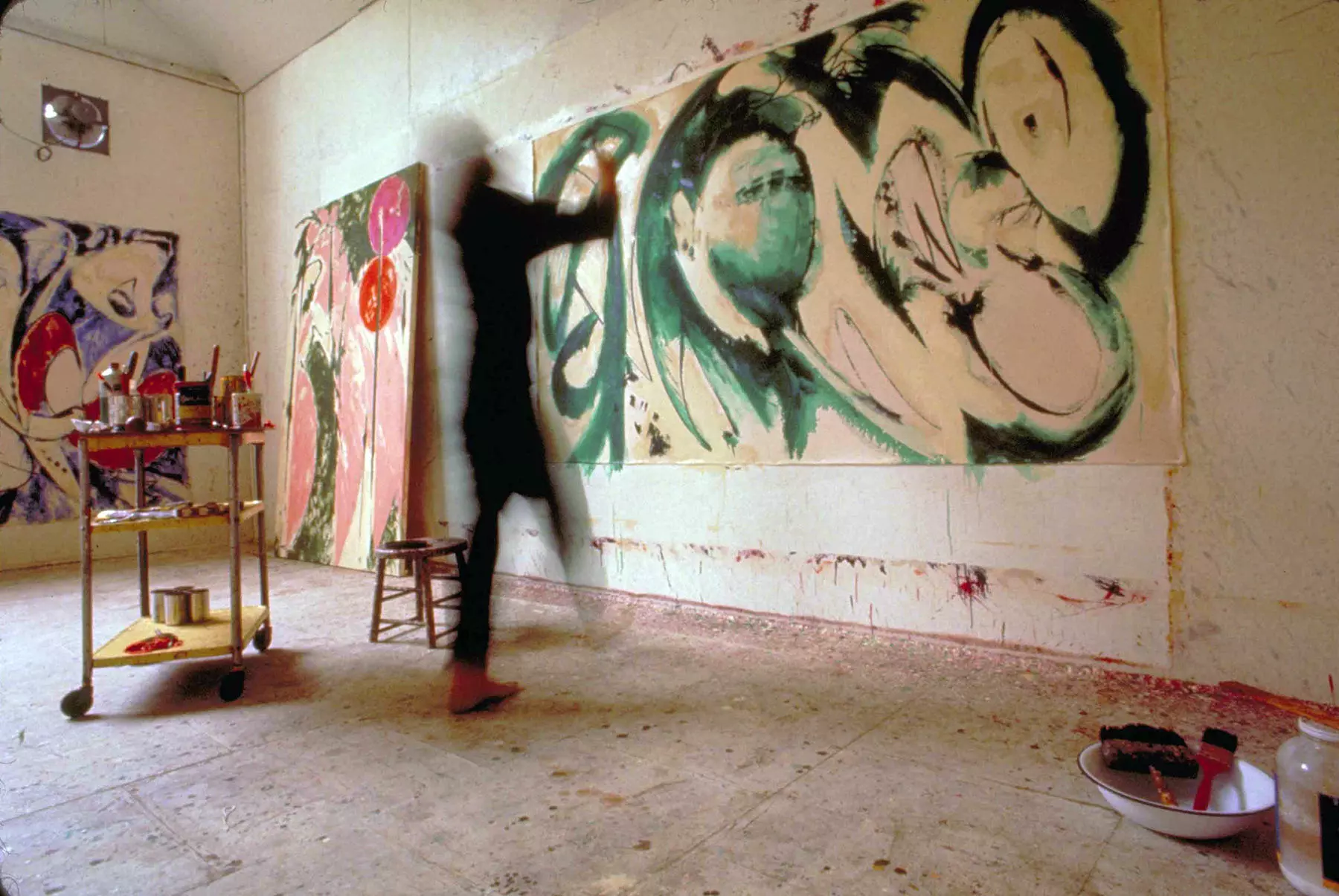Lee Krasner’s Post-War Life in Colour

Barbican Centre’s newest exhibition, ‘Lee Krasner: Living Colour’ features nearly 100 works from across her 50-year career and tells the story of a formidable artist whose importance has often been eclipsed by her marriage to Jackson Pollock. On view until September 1.
“I like a canvas to breathe and be alive. Be alive is the point.” — Lee Krasner (1908 – 1984). A pioneer of Abstract Expressionism, Krasner has been deemed one of the most important figures in American art whose work is most commonly known for its bright and lively energy, as well as the affect it had on the sociopolitical atmosphere of post-war, post-Depression New York.
Often under-minded and undervalued as a woman and as an artist, Krasner would receive ‘compliments’ as work “so good you would not know it was done by a woman.” She eventually was commissioned by Franklin Roosevelt to oversee a group a male artists, which needless to say, was not a common feat for women during this time.

“[The Surrealists] treated their women like French poodles, and it sort of rubbed off on the Abstract Expressionists. The exceptions were Bradley Walker Tomlin, Franz Kline, and Jackson Pollock. That might be the end of my listing. The other big boys just didn’t treat me at all. I wasn’t there for them as an artist.”

In 1956, Krasner’s husband fell into alcoholism and tragically died in a car crash. While this event was incredibly difficult on Krasner, it subsequently inspired an incredibly powerful and emotion-fueled stage in her art career, a collection called “Night Journeys.” She completed these pieces in Pollock’s old studio, which was another incredible challenge for Krasner–but she did it anyway, stating “there was no point in letting it stand empty.” She certainly wasn’t going to let his death stop her from pursuing her greatest passion in life.

“It’s too bad that women’s liberation didn’t occur 30 years earlier in my life. I couldn’t run out and do a one-woman job on the sexist aspects of the art world, continue my painting, and stay in the role I was in as Mrs. Pollock”.
The exhibition features over 100 pieces, many of which have never been seen before in the UK – including striking early self-portraits; a body of energetic charcoal life drawings; original photographs of her proposed department store window displays, designed during the war effort; and her acclaimed ‘Little Image’ paintings from the 1940s with their tightly controlled geometries. It also features collages comprised of torn-up earlier work and a selection of her most impressive large-scale abstract paintings, accompanied by rare photography and film.


